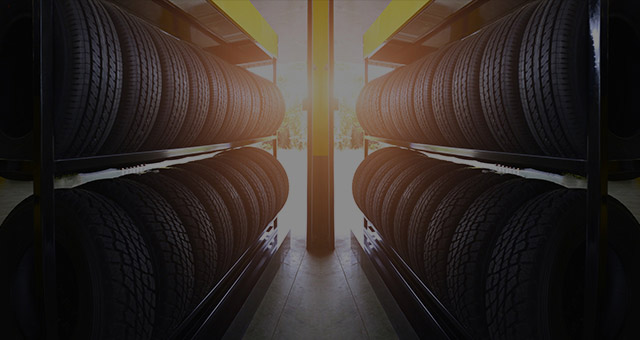Discover Exclusive Mopar Tire Service Specials in Morris Today
Discover Exclusive Mopar Tire Service Specials in Morris Today
Blog Article
Tire Solution: Comprehending Tire Pressure Monitoring Systems
Understanding Tire Stress Surveillance Solutions (TPMS) is an essential facet of maintaining optimum vehicle performance and safety and security on the road. With developments in automotive innovation, TPMS has actually become a typical attribute in modern-day cars, offering real-time information on tire pressure degrees.

Significance of TPMS
The significance of Tire Stress Surveillance Equipments (TPMS) lies in their capability to improve automobile safety and performance with real-time monitoring of tire stress degrees. Preserving the appropriate tire stress is important for guaranteeing optimal handling, stopping, and total security of a car. TPMS supplies vehicle drivers with immediate comments on any kind of overinflated or underinflated tires, enabling prompt changes to be made.
Components of TPMS
Consisting of different essential aspects, a Tire Stress Tracking System (TPMS) functions as an innovative security attribute in contemporary vehicles. The main parts of a TPMS include sensing units, a control component, and a caution indication. Sensing units are normally located in the tire shutoff stem or affixed to the wheel setting up, where they measure tire stress and transmit information to the control component. The control component procedures this information and sets off a warning if it finds substantially low stress in any of the tires. The warning indication, commonly an icon on the dashboard, notifies the vehicle driver to inspect the afflicted tire or tires. Some advanced TPMS models also present the real tire stress analyses for every tire, supplying chauffeurs with real-time details to ensure optimal tire performance and safety. By checking tire pressure continuously, TPMS aids avoid crashes, minimizes tire wear, and enhances fuel efficiency, making it a critical part for lorry security and efficiency.
Kinds of TPMS

On the other hand, indirect TPMS counts on the vehicle's wheel rate sensing units to monitor tire pressure. This system detects underinflation by contrasting the rotational speeds of the wheels. Indirect TPMS is less costly than straight TPMS, as it makes use of existing sensing units within the lorry.
While straight TPMS offers more precise readings, indirect TPMS is simpler in style and usually calls for less maintenance. Both systems have their constraints and benefits, and the selection in between them typically relies on aspects such as price, vehicle make, and individual preference. Comprehending the distinctions between these 2 kinds of TPMS can assist lorry owners make educated choices regarding tire upkeep and safety and security.
TPMS Upkeep Tips
Effective maintenance of TPMS is important for making certain optimum performance and safety of your vehicle. Routinely evaluating the TPMS sensing units for any kind of damage or deterioration is crucial. Make certain that the sensors are tidy and free from debris that could conflict with their performance. Additionally, it is advisable to check the sensing unit batteries occasionally and replace them as needed to ensure accurate readings. Conduct regular look at the tire stress degrees and contrast them with the TPMS readings to ensure they correspond. If there are any kind of inconsistencies, recalibrate the system complying with the maker's website here guidelines. Throughout tire turning or substitute, make sure that the TPMS elements are managed very carefully to protect against any kind of possible damages. Finally, if the TPMS alerting light brightens on the control panel, address the problem immediately by examining the tire pressures and the general system for any faults. By sticking to these upkeep tips, you can lengthen the life-span site link of your TPMS and boost the safety and security of your driving experience.
Advantages of Correct Tire Pressure
Keeping appropriate tire pressure, as emphasized in TPMS Maintenance Tips, is vital for reaping the many benefits associated with optimal tire pressure levels. Additionally, proper tire pressure makes sure even tire wear, extending the life expectancy of the tires and promoting more secure driving problems. In verdict, the benefits of correct tire stress go beyond simply tire long life; they encompass boosted fuel performance, enhanced security, much better automobile performance, and overall driving comfort.
Final Thought
To conclude, comprehending tire stress surveillance systems (TPMS) is critical for maintaining optimum tire stress and making certain vehicle security. By recognizing the relevance of TPMS, being familiar with its elements, knowing the different kinds available, sticking to appropriate upkeep tips, and understanding the advantages of preserving appropriate tire stress, chauffeurs can enhance their driving experience and lengthen the lifespan of their tires. Correct tire stress is essential to reliable and secure vehicle procedure.

Report this page